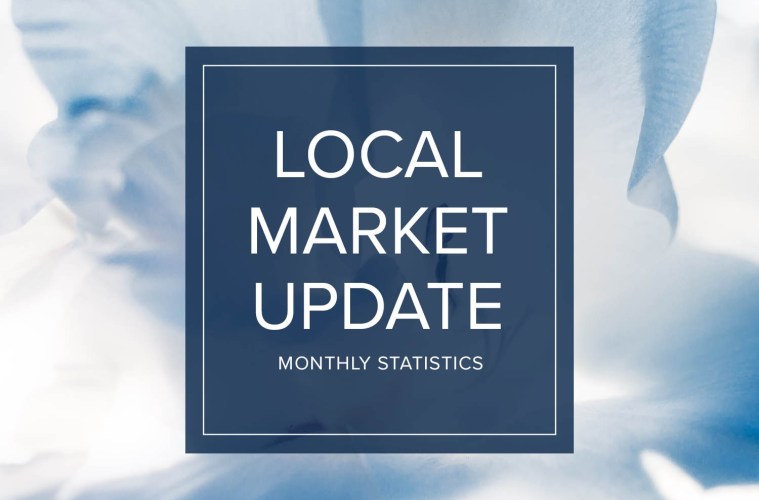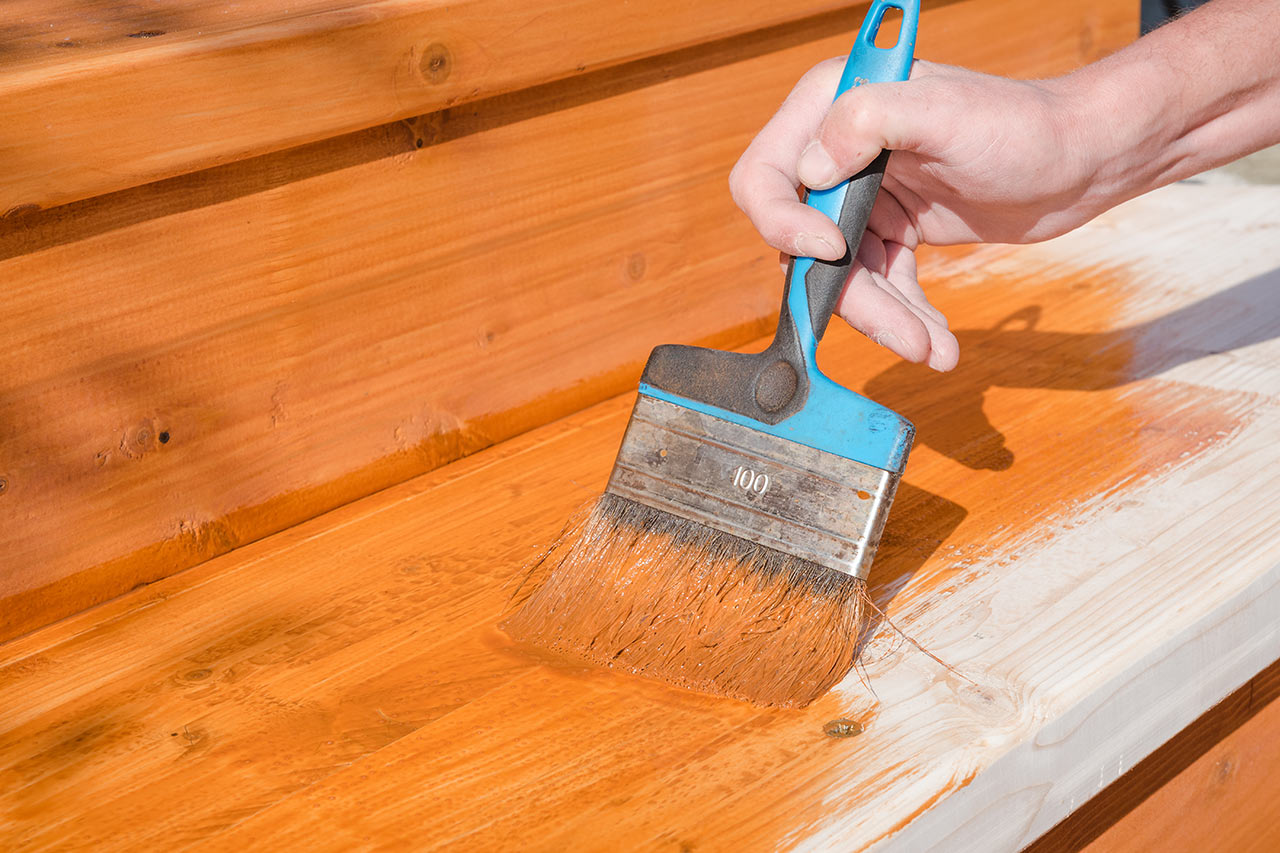
Image Source: Shutterstock
For some homeowners who have been financially impacted by the COVID-19 pandemic, there is a high level of concern about paying their mortgage. Fortunately, there are options to aid struggling homeowners from governments, financial institutions, and loan providers. The following information is intended to provide clarity on which financial relief options are available to you during this time.
What are my mortgage relief options?
Newly placed into law, the Coronavirus Aid, Relief and Economic Security (CARES) Act, provides two protections for homeowners with federally backed mortgages:
- Your lender or loan servicer may not foreclose on you for 60 days following March 18, 2020. The CARES Act prohibits lenders and/or servicers from beginning a non-judicial foreclosure, or finalizing a foreclosure sale, against you within this time period. While 60 days has passed since this was put into place, it is still important to be aware of in the event that any of these actions were taken against you.
- You have a right to request a forbearance for up to 180 days if you experience financial hardship due to the COVID-19 pandemic. You can also apply for a 180-day extension beyond the forbearance period. This does not require submitting additional documentation beyond your claim, nor will you incur additional fees, penalties or interest beyond what has already been scheduled.
Forbearance is…
- With forbearance, mortgage servicers and lenders allow you to pause or reduce your mortgage payments for a period of time while you get back on your feet financially.
- Different types of loans beget different forbearance options, understanding the differences and which options apply to your loan is key to navigating the forbearance landscape.
- Once your income is back to a normal level, contact your loan servicer and resume your payments.
Forbearance is not…
- Forbearance is not a means to forgive or erase your payments. Any missed or reduced payments still require payment in the future.
Which relief options do I qualify for?
The first step in discovering your mortgage assistance qualifications is to contact your mortgage provider. If you are unsure of how to get in touch with them, look at your mortgage statement for contact information or see what contact options are available online.
After you have successfully made contact, find out if your mortgage is federally backed. To be eligible for assistance under the CARES act, your mortgage must either be backed federally, or by one of the entities in the list below. These links show the agencies’ current advise and related loan information:
- U.S. Department of Housing and Urban Development (HUD)
- U.S. Department of Agriculture (USDA)
- Federal Housing Administration (FHA)
- U.S. Department of Veteran Affairs (VA)
- Fannie Mae – Loan Lookup
- Freddie Mac – Loan Lookup
For non-federally backed loans, contact your lender or servicer to learn more about their forbearance repayment options.
Today’s financial landscape can be stressful for homeowners, especially those that are struggling to keep up financially. Fortunately, these entities, institutions, and servicers have provided options to help lessen the burden. Knowing which options apply to you and your household will help you navigate through hardship as your finances recover.
 Facebook
Facebook
 X
X
 Pinterest
Pinterest
 Copy Link
Copy Link

















 This speedometer reflects the state of the region’s real estate market using housing inventory, price gains, home sales, interest rates, and larger economic factors.
This speedometer reflects the state of the region’s real estate market using housing inventory, price gains, home sales, interest rates, and larger economic factors. As Chief Economist for Windermere Real Estate, Matthew Gardner is responsible for analyzing and interpreting economic data and its impact on the real estate market on both a local and national level. Matthew has over 30 years of professional experience both in the U.S. and U.K.
As Chief Economist for Windermere Real Estate, Matthew Gardner is responsible for analyzing and interpreting economic data and its impact on the real estate market on both a local and national level. Matthew has over 30 years of professional experience both in the U.S. and U.K.









